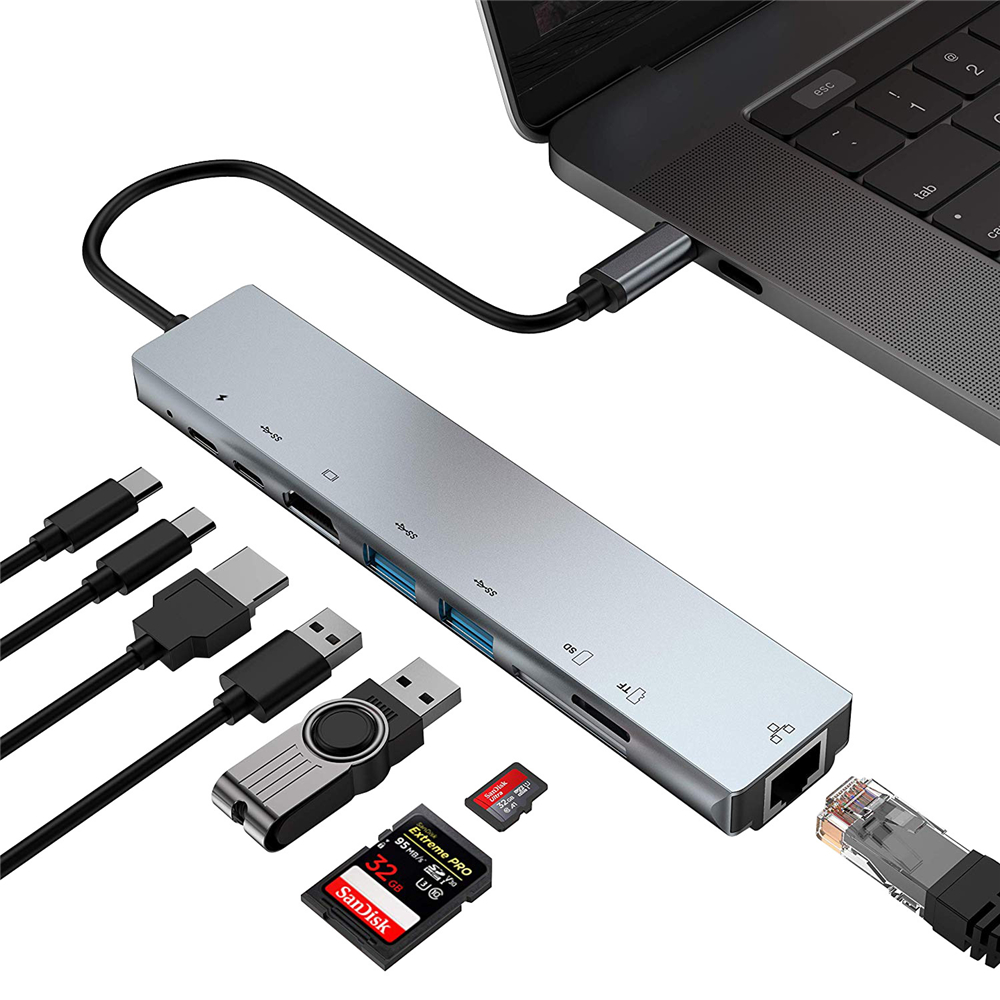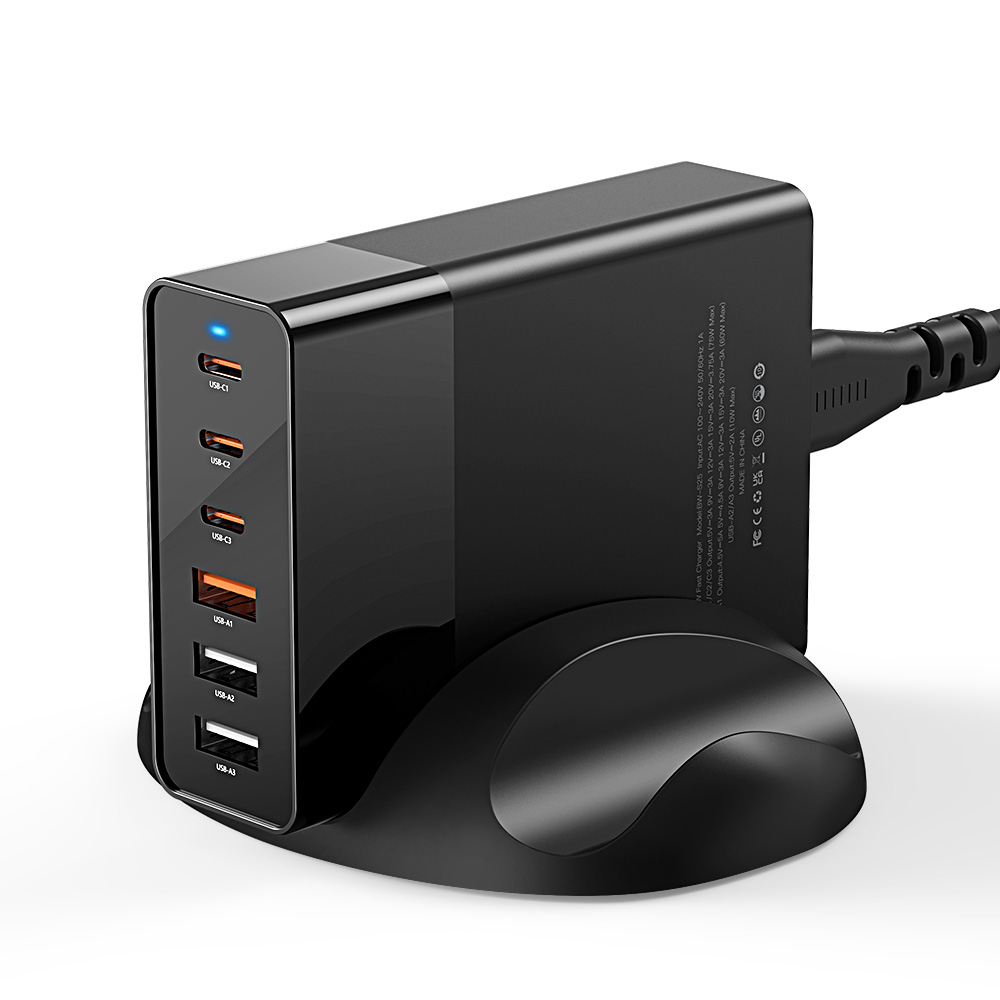
If you ever print an object tall enough with the FLSUN Q5, you may see the tube/cable pair getting caught by one of the screws holding the right rod.
As a precaution, I designed this replacement for the "rod cup" with an extension that will cover the screw in question.
There's no need for more than one as the cable always tends to bend and get trapped on the same side.
I plead guilty: I received the marvellous FLSUN Q5 almost two months ago and didn't post a decent review of it yet. But same goes for the Zhiyun Smooth Q2, the Blitzwolf BW-BS14 (another gimbal) and the Xiaomi Mi 9T, and my backlog is growing...
If you don't know what the FLSUN Q5 is, skip the first part below and jump straight to my mini-review at the end.
Still, I wanted to share at least this little add-on I made using tinkercad to prevent a potential disaster with the printer. In this case, a short animated gif will explain better than a thousand words:
I simply made a copy of the decorative cup (I found no real purpose to it otherwise) and added an extension that would cover the screw, so the cable won't catch it each time.
You will find my FLSUN Q5 Rod Cup Mod on Thingiverse.com




Ok, so at last, here's my mini-review...
The FLSUN Q5 is probably the first Delta 3D Printer that could be recommended to beginners, not only for its affordable price, but also for its simplicity of assembly and use.
Gearbest and Banggood both sell it under 200$/€ and, to start with the conclusion for once, yes, it's a very good printer for the price. And being late at reviewing it means I'm not throwing my recommendation after just 10 minutes of use.
The printer comes mostly pre-assembled and what's left to do is explained clearly in a leaflet but also with videos and pictures included in the micro-SD Card provided. All screws are the same size, and connectors are clearly labelled making the process completely noob-proof!
There's a 115V/230V switch to check, which might already be set to your local voltage, depending where the printer was shipped from.



My slicer of choice is Cura, and the following settings works for this 200 mm round print bed:
After the initial auto-levelling operation, which is again simple and well explained, the rest of the operation is done through the very intuitive touch screen interface.
Intuitive does not mean limited, and you have a lot of control during the printing: Pause, stop, change the printing or extruder speed, change the temperature of the bed or the nozzle.
Last but not least, the printer is able to resume from a power failure.
You can also pause the job to change the spool of filament. I tried this and it resumed perfectly.
The printer is moderately multi-tasking, and you will notice micro-interruptions of the printing while interacting with the touch screen. My feeling is that you should refrain from fiddling with the interface while printing to avoid upsetting the buffer too much...
In terms of filament types, so far, I printed with various qualities of PLA, but also TPU.
The marble-like and wood style PLA from Amolen gave some nice results.
Using ABS was overall a frustrating experience with mixed success.


















No comments:
Post a Comment
Note: Only a member of this blog may post a comment.